-
July 6, 1415

Jan Hus, Bohemian religious reformer who spoken out against Church corruption, is burned as a heretic at the stake at Constance, Germany -
September 1, 1415The nobles of Bohemia and Moravia send the protestatio Bohemorum to the Council of Constance, which strongly condemns the execution of Hus
-
July 30, 1419
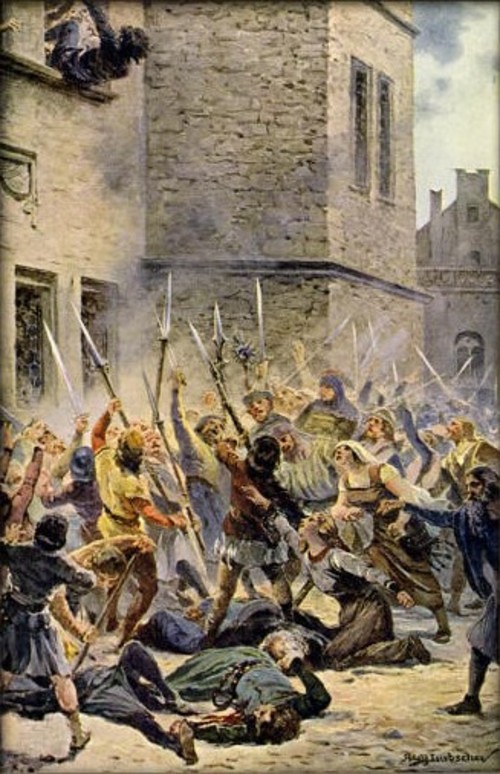 The group of the followers of Jan Hus threw the judge, the burgomaster, and some thirteen council members out of the window of the New Town Hall in Prague triggering Hussite Wars in central Europe
The group of the followers of Jan Hus threw the judge, the burgomaster, and some thirteen council members out of the window of the New Town Hall in Prague triggering Hussite Wars in central Europe -
March 1, 1420Pope Martin I calls for the first of five crusades against the Hussieten
-
March 25, 1420
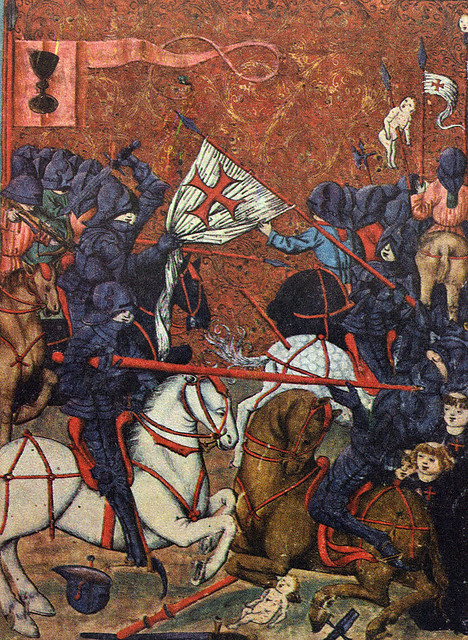 Jan ЕЅiѕka, Czech general and Hussite leader, defeats the Catholic forces at the Battle of Sudomer in southern Bohemia, the first battle of the Hussite wars
Jan ЕЅiѕka, Czech general and Hussite leader, defeats the Catholic forces at the Battle of Sudomer in southern Bohemia, the first battle of the Hussite wars -
July 14, 1420
 Hussite forces under command of Jan ЕЅiѕka defeat the forces of Emperor Sigismund, Holy Roman Emperor at the Battle of Vitkov Hill, a part of the first anti-Hussite crusade, on the edge of the city of Prague
Hussite forces under command of Jan ЕЅiѕka defeat the forces of Emperor Sigismund, Holy Roman Emperor at the Battle of Vitkov Hill, a part of the first anti-Hussite crusade, on the edge of the city of Prague -
1422Vytautas, the Grand Duke of Lithuania, accepts the crown of Bohemia, offered by Jan ЕЅiѕka, with the condition that the Hussites reunite with the Catholic Church
-
August 14, 1431Hussite forces led by Prokop the Great defeat a large army of crusaders under Frederick I, Elector of Brandenburg, at the Battle of Domaiѕlice during the fifth anti-Hussite crusade
-
May 30, 1434
 An army of Utraquists and Catholics, called the Bohemian League, defeat the radical Taborites and Orphans, led by Prokop the Great and Prokop the Lesser, who both fell in the battle of of Lipany, which marks the end of the Hussite wars
An army of Utraquists and Catholics, called the Bohemian League, defeat the radical Taborites and Orphans, led by Prokop the Great and Prokop the Lesser, who both fell in the battle of of Lipany, which marks the end of the Hussite wars -
July 5, 1436An agreement ending the Hussite wars and establishing the Utraquist creed in Bohemia is signed by King Sigismund, by the Hussite delegates, and by the representatives of the Roman Catholic Church at Jihlava, in Moravia
Saturday, February 13, 2016
Hussite Wars
Egyptian Obelisks
-
1950 BC
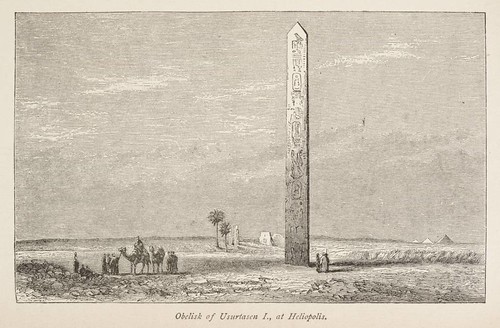 The earliest Egyptian obelisk still in its original position is erected by Senusret I at Al-Matariyyah in Heliopolis, near Cairo
The earliest Egyptian obelisk still in its original position is erected by Senusret I at Al-Matariyyah in Heliopolis, near Cairo -
1450 BC
 The largest ancient Egyptian obelisk, weighing nearly 1,200 tons, is abandoned unfinished at the stone quarries in Aswan due to cracks in the granite
The largest ancient Egyptian obelisk, weighing nearly 1,200 tons, is abandoned unfinished at the stone quarries in Aswan due to cracks in the granite -
1200 BC
 Two red granite monolithic obelisks of different height are erected at the entrance of the Temple of Luxor emphasizing the heights and distance from the wall
Two red granite monolithic obelisks of different height are erected at the entrance of the Temple of Luxor emphasizing the heights and distance from the wall -
10 BC
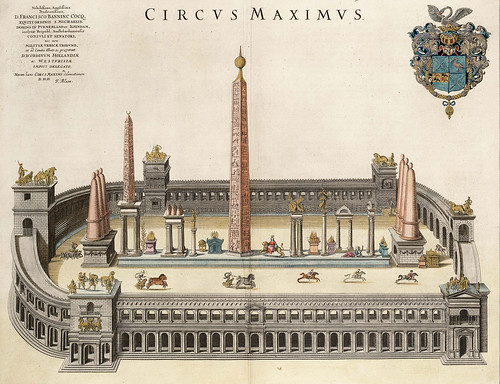 Flaminio Obelisk, one of the thirteen ancient obelisks in Rome, is taken from the Temple of Sun in Heliopolis, Egypt, and placed on the spina of the Circus Maximus by command of Augustus
Flaminio Obelisk, one of the thirteen ancient obelisks in Rome, is taken from the Temple of Sun in Heliopolis, Egypt, and placed on the spina of the Circus Maximus by command of Augustus -
37
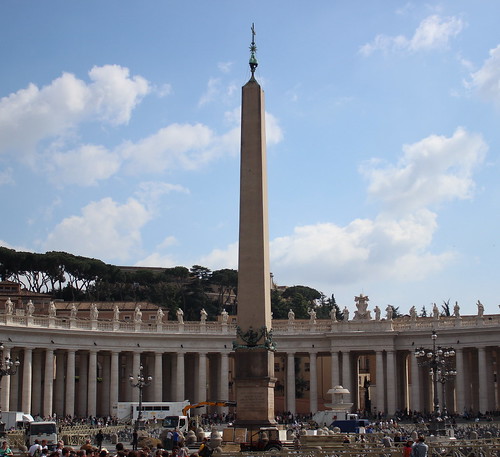 An Egyptian obelisk of red granite, today known as Vatican Obelisk, is moved from the Julian Forum of Alexandria to Rome and placed at the Circus of Nero by order of Emperor Caligula
An Egyptian obelisk of red granite, today known as Vatican Obelisk, is moved from the Julian Forum of Alexandria to Rome and placed at the Circus of Nero by order of Emperor Caligula -
1586
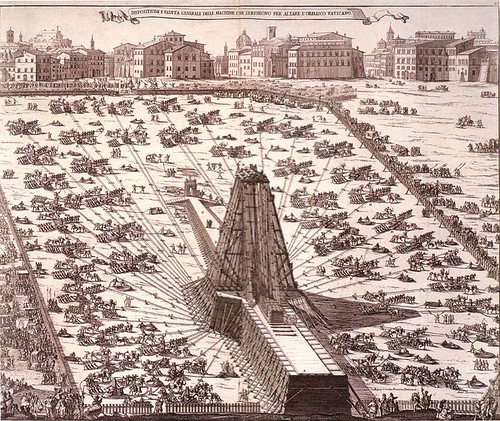 An obelisk that has been brought from Egypt to Rome by the emperor Caligula in AD 37 is erected by Italian architect Domenico Fontana at Saint Peter's Square in Rome
An obelisk that has been brought from Egypt to Rome by the emperor Caligula in AD 37 is erected by Italian architect Domenico Fontana at Saint Peter's Square in Rome -
1829
 The Obelisk of Luxor, a gift of the Ottoman viceroy of Egypt, Muhammad Ali, is transported to the Place de la Concorde in Paris
The Obelisk of Luxor, a gift of the Ottoman viceroy of Egypt, Muhammad Ali, is transported to the Place de la Concorde in Paris -
September 21, 1878
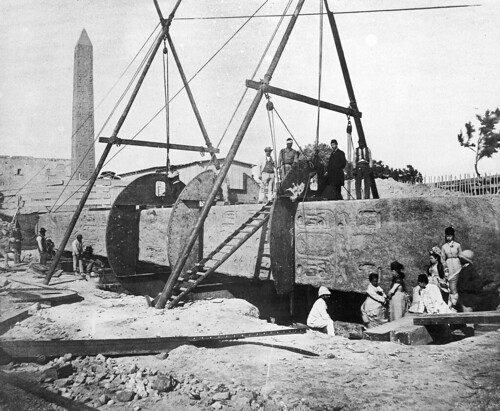 The red granite obelisk of Alexandria, known as Cleopatra's Needle, is erected upright at a public park on the Victoria Embankment, London
The red granite obelisk of Alexandria, known as Cleopatra's Needle, is erected upright at a public park on the Victoria Embankment, London -
February 22, 1881
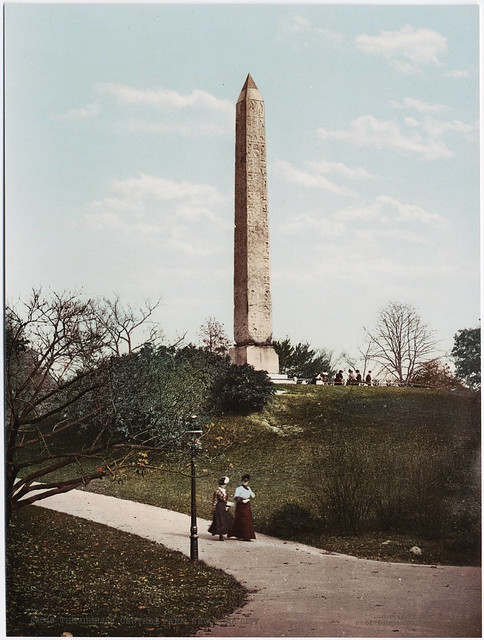 Cleopatra's Needle, a red granite Egyptian obelisk, made during the reign of pharaoh Thutmose III, is erected in Central Park, New York
Cleopatra's Needle, a red granite Egyptian obelisk, made during the reign of pharaoh Thutmose III, is erected in Central Park, New York
Labels:
Ancient Egypt,
Art,
Augustus,
Central Park,
Circus of Nero,
Cleopatra's Needle,
Egyptian Obelisks,
Flaminio Obelisk,
London,
Luxor,
Luxor Obelisk,
New York,
Obelisks,
Place de la Concorde,
Rome,
Sculpture
Subscribe to:
Posts (Atom)